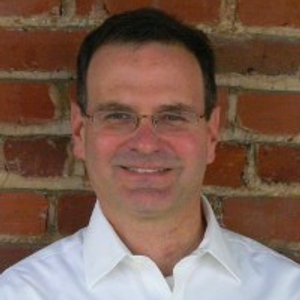In 1899, no booty shorts. Even the immigrant poor on New York’s Mulberry Street looked more dignified than today’s average middle-class American.
It’s no accident that the 1960 film adaptation of The Time Machine opens with host HG Wells welcoming four friends to a dinner party in London on January 5, 1900 to recount events that had occurred since he last met them, on New Year’s Eve, 1899.
What year could be more symbolic of the end of an era, for good or ill, than 1899?
Since Americans worship at the altar of progress, we hardly need to be reminded that plenty of things in the 1890s were certainly much worse than they are today.
Women couldn’t vote. Separate but Equal was the law of the land. Railroads and banks beggared farmers. Police and federal troops helped bosses of factories and coal mines crush labor unions. And all this while robber barons sipped champagne in Newport, RI and packed their daughters off to Europe to collect Rembrandts and aristocrat-husbands, both at bargain-basement prices.
At the same time, as a guy who lives in a small city with lots of historic architecture, I can’t help but be reminded that plenty of other things were great in 1899.
- Food. There’s a good reason why food guru Michael Pollan says not to eat anything your grandmother wouldn’t have recognized as food. Back in 1899, most food was whole and it was grown organically by local farmers. Today, it’s hard to avoid processed foods. And nearly all of them contain newfangled ingredients that, if they won’t kill you quickly, will certainly kill you slowly: high fructose corn syrup, MSG, soy. With hybrids and GMOs, even whole foods like corn and wheat are now suspect. It’s a scandal that the Bible’s staff of life and America’s amber waves of grain was degraded in the 1960s and 70s into “dwarf wheat,” a high-yield hybrid that cannot be properly digested by humans. Sadly, this pseudo-wheat is probably what’s in that loaf of peasant bread you just got at Whole Foods. Yuck.
- Local Economies. Back in 1899, about the only thing besides opium that came from China was tea and, well, China. Imports from other countries were mostly luxuries like the aforementioned champagne. Today, I don’t know if you can even buy an American-made microwave oven. But in 1899, people in my town could buy a rock solid cast-iron stove forged locally by the WJ Loth Stove Company. Indeed, nearly everything Americans needed everyday was made in the USA, from trousers to tables to tallow candles to horse-drawn carriages. And like the hay to fuel the horse that pulls the carriage — whether barouche, fiacre, hackney or landau — both our food and our energy in 1899 were not just domestic, but they were also overwhelmingly local.
- Streets and Buildings. Speaking of transportation, when you have automobiles, you get today’s landscapes built for cars, with monster expressways, six-lane highways running past cul-de-sac subdivisions and cities covered in parking lots. Back in 1899, horse buggies and mule carts and the occasional streetcar didn’t overwhelm streets built at a human scale, so all cities were walkable. And I dare you to compare any building of 1899 against the mid- and late-century concrete boxes found in every city and town today. Italianate and Queen Anne Victorian or Planet of the Apes modernism? It’s no contest.
- Clothing. Call me an old fogy, but I have to agree with your grandmother that the flashing basketball sneakers, sweatpants, sweatshirts and baseball caps worn by both sexes on the streets of any big city today — a look that James Howard Kunstler has aptly described as “clownish” — are no improvement on the dignified and gender-specific clothing that people wore in public in the 1890s. Give me a woman in an A-line skirt and leg o’ mutton sleeves and a man wearing a gray coat with covered buttons and matching waistcoat, dark trousers, short turnover shirt collar, and floppy bow tie any day. When our fellow citizens look intelligent and confident and move with grace, we respect them more and our whole society acts with more seriousness.
This exercise in time travel is not just about nostalgia or even mourning what we’ve lost, which is so, so much. It’s about trying to preserve what’s left, as folks have done pretty well in my city and in hundreds of other historic areas nationwide from Savannah, GA to Brooklyn, NY.
Then, it’s about planning for the future. That will mean building an America resilient enough to withstand the shocks of climate change, peak oil and permanent economic downturn.
That America should be a place where citizens of a free society can enjoy enough prosperity and robust good health while living with dignity. And beauty. If we need a time machine to get there, then let’s build one together with our words. Regaining our collective memory may be crucial to envisioning the future we want.
– Erik Curren, Transition Voice







